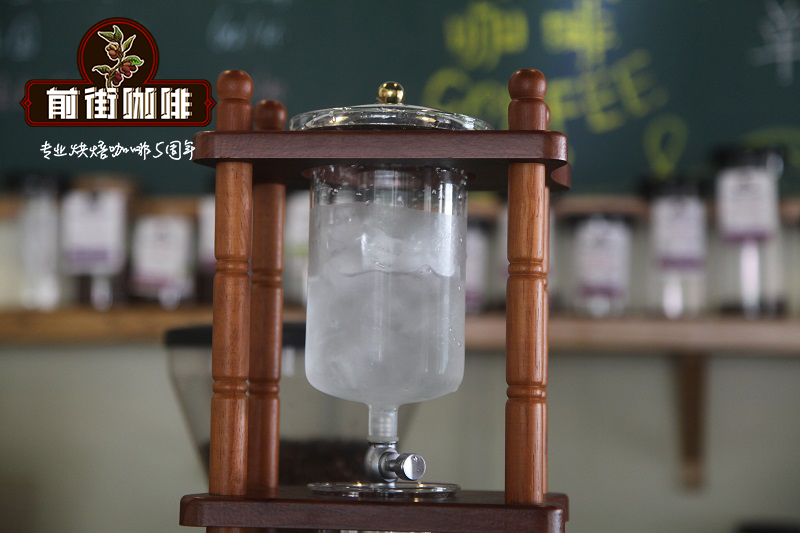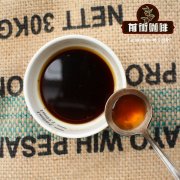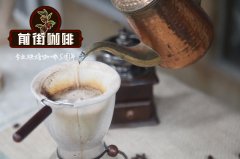Lim producing area | Lima Lemma Nicholas NegusieG3 | Heirloom solarization local native species wind

Professional coffee knowledge exchange more coffee bean information please follow the coffee workshop (Wechat official account cafe_style)
Lim producing area of Ethiopia | Nicholas G3 | Heirloom native flavor?
Crops produced in Ethiopia in 2008, including wheat, corn, sesame, coffee and so on, were fully imported into E.C.X 's trading system (Ethiopian Commodity Exchange) to replace the ancient auction and export methods, such as coffee farmers or cooperatives, sending coffee to E.C.X centralized warehouses of the same grade? Beans from the same producing areas will be mixed together and auctioned. You don't know which farmers or cooperatives produce them. In fact, this practice has no effect on output and quality. It is easier to tell the quality of coffee by price. The so-called "penny per penny" is attracted by the fact that coffee bean merchants cannot directly know which farmer or cooperative is convenient to trade. Because those who do not pass through the E.C.X trading system will be heavily taxed, now more than 90% are through this trading system, but it is not a good thing for buyers who like fine coffee E.C.X trading system. For this reason, Ethiopia launched the D.S.T (Direct Specialty Trade) system in 2010, and D.S.T system is an Ethiopian auction held irregularly. Only through the SCAA cup test standard of more than 80 points of boutique coffee specialty coffee can hang its own name to trade with foreign raw bean merchants, and the small quantity and quality of the joint cooperative is the target of many foreign buyers.
This batch of Lemma (Negusie) from Limu, Ethiopia, are sun beans of wild traditional tree species. Coffee grows in primeval forests. No one will deliberately take care of these humble but God-given treasures. Hard-working women pick up these coffees and dry them on the hard land in front of their houses. These processes and the methods of their ancestors have not changed. These are primitive Ethiopian sun beans.
Limmu is the highest scorer in the D.S.T cup test for two consecutive years in 2009 and 2010, breaking through the coffee dominated by Yega and Sidamo.
Name of Farm Farm
Farm owner: Various small producers different kinds of small farmers
Grade: G3
Production area: Limmu Kossa
Country: Ethiopia
Altitude: 1700 Murray 2000 meters
Variety: a mixture of local ancient and traditional varieties of Mixed Heirloom
Treatment: Dry Process solarization
Harvest time: October of each year to January of the following year
Appearance: 17muri 18 mesh
Aroma / flavor flavor: strawberry, spice, fermented flavor, mango, papaya, pineapple, toffee, chocolate, honey, milk
Acidity: lemon, orange, malic acid, passion fruit acid
Complexity and other other: obvious spice taste, honey smooth taste, intense tropical fermented fruit mellow, fruit flavor obvious
Strong fruity aromas and the sweetness of maple syrup milk, which is another good thing for people in Yega and Sidamo to pay attention to.
Qianjie recommendation:
Filter cup: Hario V60
Water temperature: 90 degrees
Degree of grinding: small Fuji 3.5
Cooking methods: the ratio of water to powder is 1:15, 15g powder, the first injection of 25g water, 25 s steaming, the second injection to 120g water cut off, waiting for the powder bed water to half and then water injection, slow water injection until 225g water, extraction time about 2:00
Analysis: using three-stage brewing to clarify the flavor of the front, middle and back of the coffee. Because V60 has many ribs and the drainage speed is fast, it can prolong the extraction time when the water is cut off.
Important Notice :
前街咖啡 FrontStreet Coffee has moved to new addredd:
FrontStreet Coffee Address: 315,Donghua East Road,GuangZhou
Tel:020 38364473
- Prev

Suggestions on tanning and brewing of all-red fruits in Louise Manor, Brazil _ introduction of coffee varieties in Louise Manor, Brazil
Professional coffee knowledge exchange more information about coffee beans Please follow the coffee workshop (Wechat official account cafe_style) speaking of Brazilian coffee, you may hear a lot of voices. Many people think that Brazilian coffee is of mediocre quality and can only be used as part of mixed beans. Some people think that Brazilian coffee has moderate acidity and is very suitable for public taste. Friends who have done research on Brazilian coffee can also visit
- Next

Information introduction of Zelena Manor in Brazil _ recommended methods for brewing coffee beans in the sun
Professional coffee knowledge exchange more coffee bean information please follow the coffee workshop (Wechat official account cafe_style) Brazilian coffee due to its special geographical location is particularly suitable for the traditional way of tanning to deal with Selena Manor using the most traditional sun drying method can provide higher sweetness than water-washed beans and the complex aroma of nut chocolate brought about by natural fermentation.
Related
- Detailed explanation of Jadeite planting Land in Panamanian Jadeite Manor introduction to the grading system of Jadeite competitive bidding, Red bid, Green bid and Rose Summer
- Story of Coffee planting in Brenka region of Costa Rica Stonehenge Manor anaerobic heavy honey treatment of flavor mouth
- What's on the barrel of Blue Mountain Coffee beans?
- Can American coffee also pull flowers? How to use hot American style to pull out a good-looking pattern?
- Can you make a cold extract with coffee beans? What is the right proportion for cold-extracted coffee formula?
- Indonesian PWN Gold Mandrine Coffee Origin Features Flavor How to Chong? Mandolin coffee is American.
- A brief introduction to the flavor characteristics of Brazilian yellow bourbon coffee beans
- What is the effect of different water quality on the flavor of cold-extracted coffee? What kind of water is best for brewing coffee?
- Why do you think of Rose Summer whenever you mention Panamanian coffee?
- Introduction to the characteristics of authentic blue mountain coffee bean producing areas? What is the CIB Coffee Authority in Jamaica?

